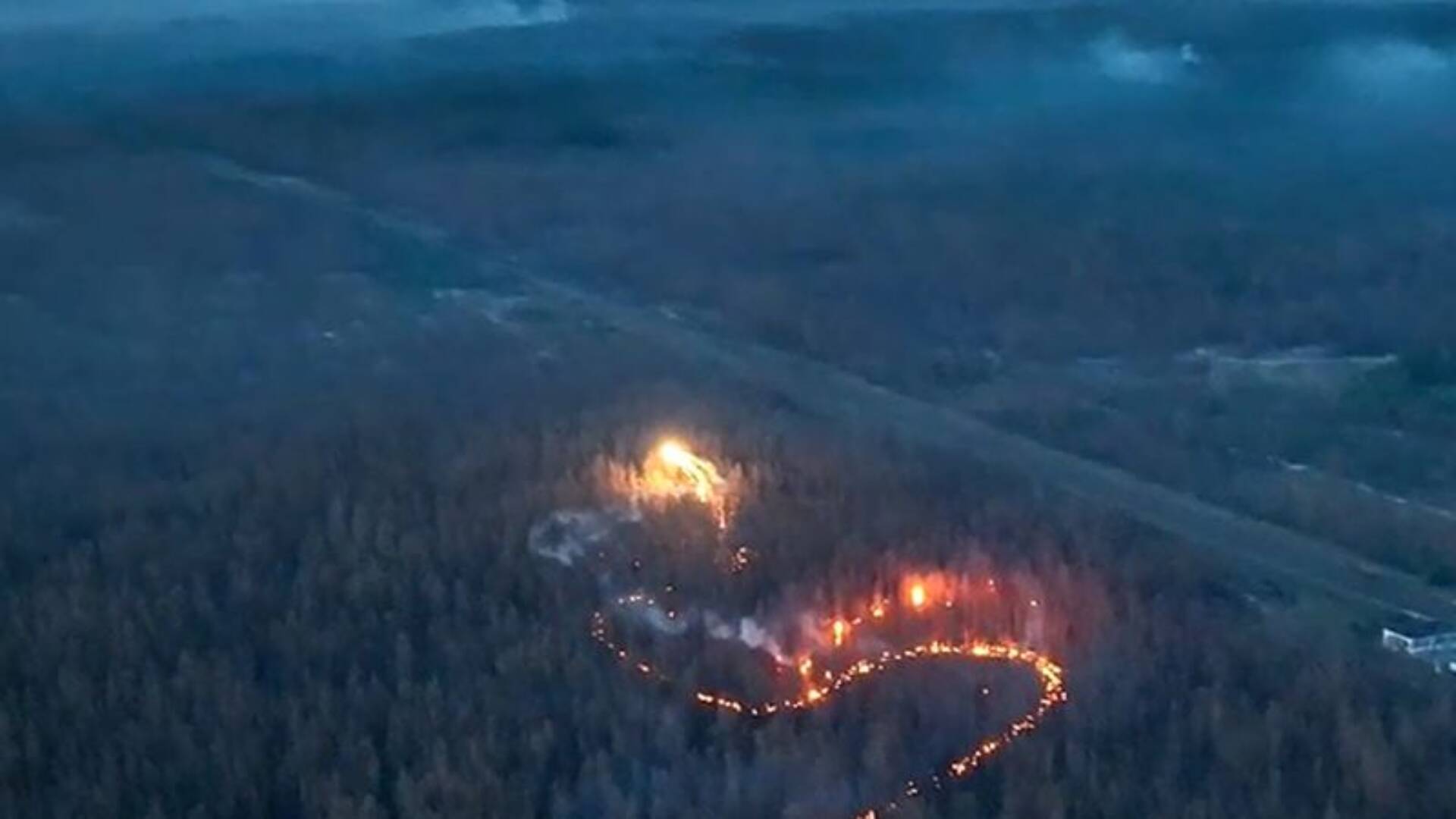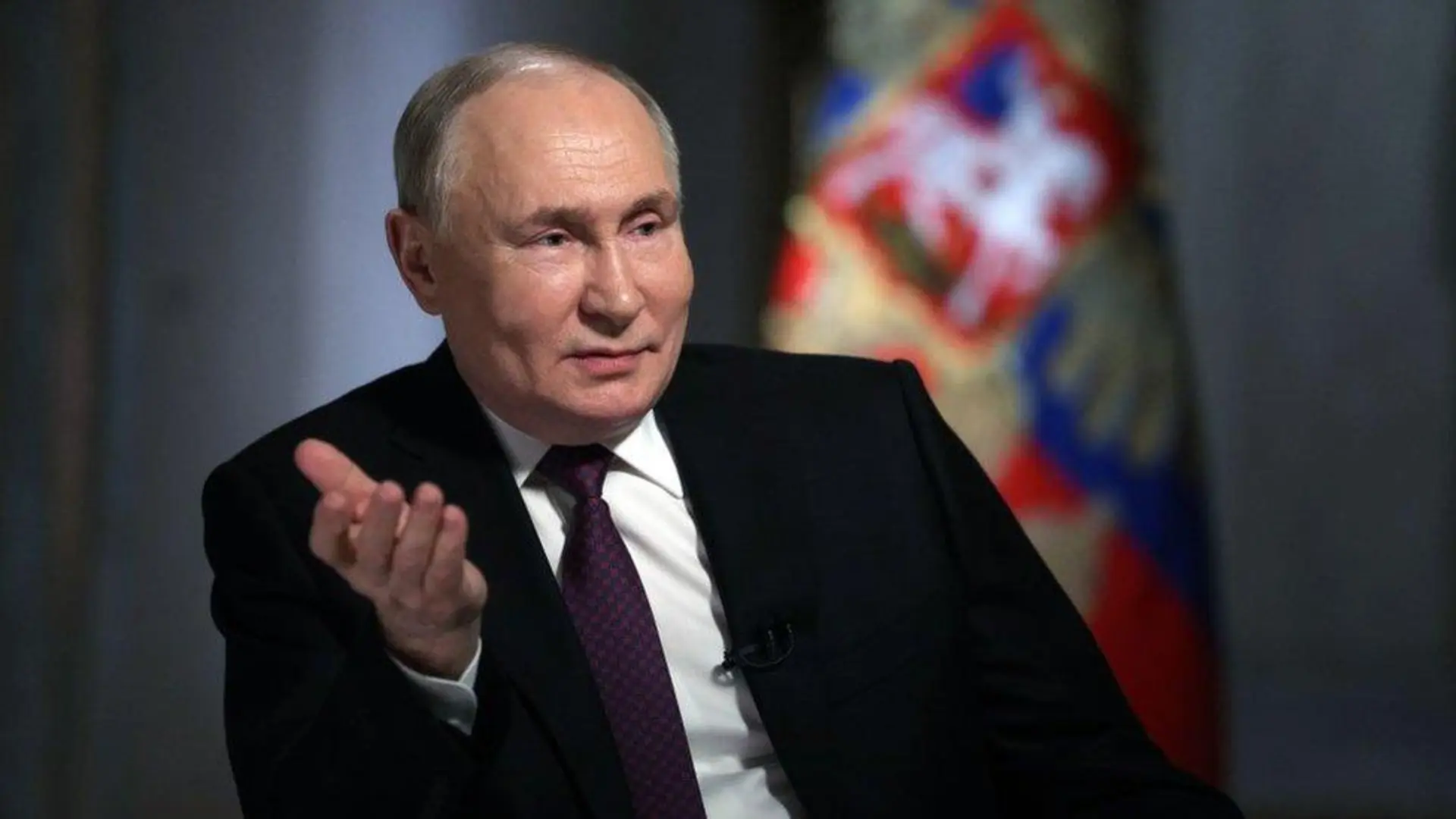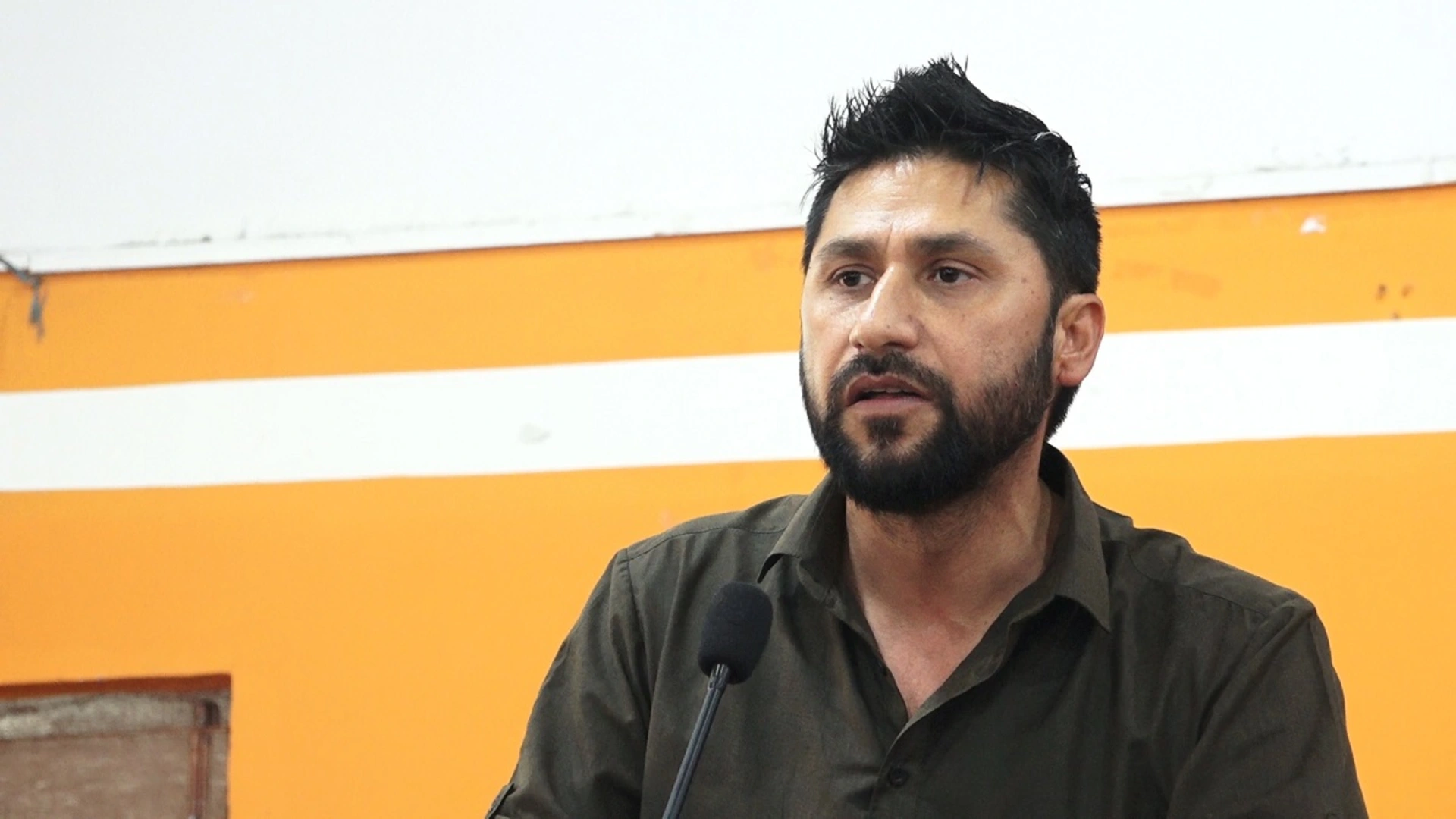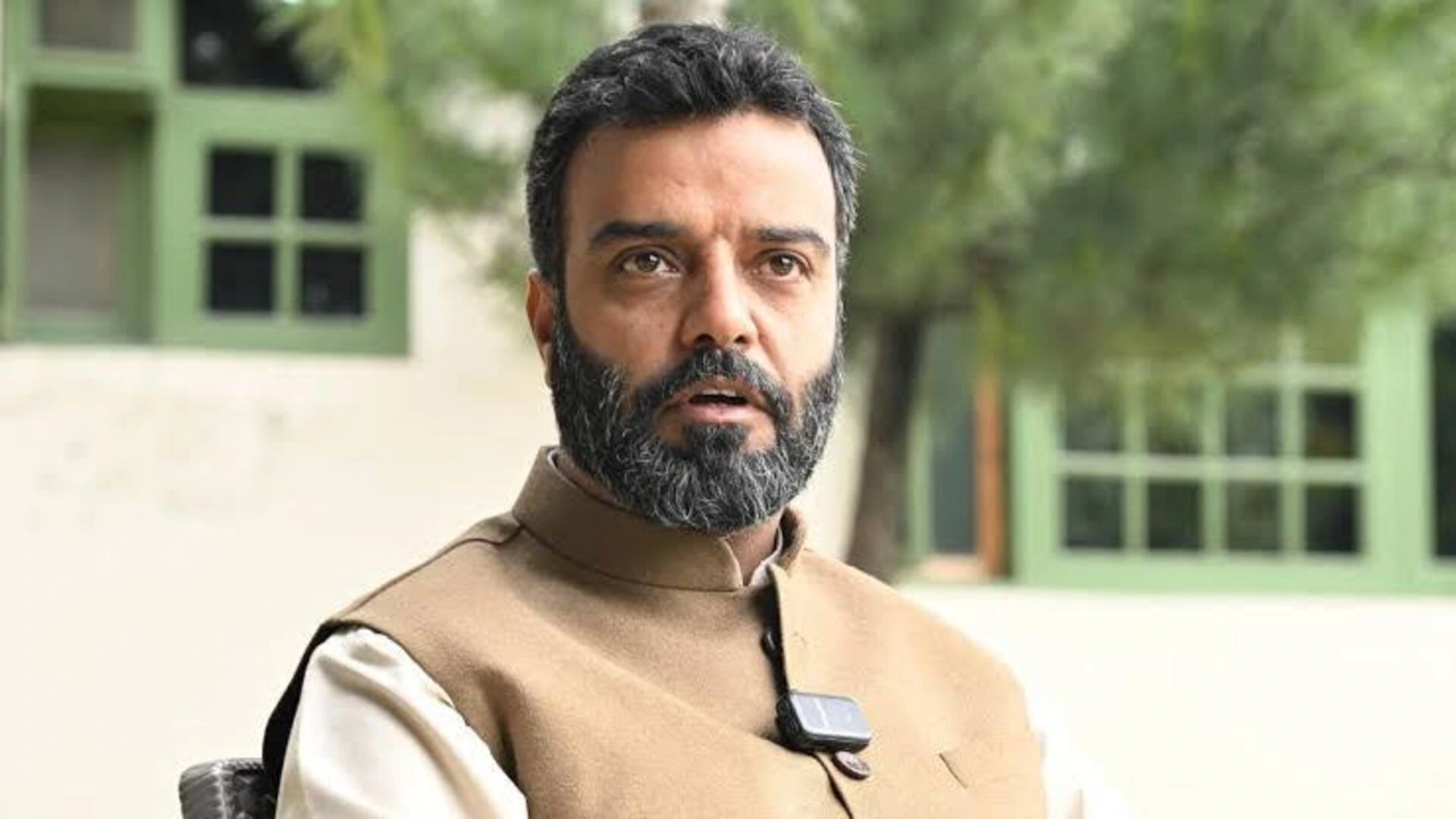Ukrainian drones have unleashed thermite incendiary bombs on Russian-held positions in the Kharkiv region. The attack, captured in dramatic footage circulating on Telegram, showcases the destructive power of these weapons. The video, shared by the Khorne Group, reveals a drone dropping thermite—a mix of aluminum powder and iron oxide known for burning at extremely high temperatures. The molten metal from thermite bombs is capable of setting fire to trees, military vehicles, and fortifications, rendering them nearly useless.
Drone Footage Reveals Destruction
The 60th Mechanized Brigade of Ukraine shared footage of the attack, describing the drones as “wings of vengeance” that deliver fire with unmatched precision. The brigade emphasized the severe impact of their “Vidar” drones, asserting that they pose a significant threat to enemy positions. “Strike Drones are our wings of vengeance, bringing fire straight from the sky! They become a real threat to the enemy, burning his positions with an accuracy that no other weapon can achieve,” the brigade noted.
Watch Here:
The Ukrainian military began using the Dragon drone, which burns the area underneath with thermite 🥰🥰🥰 Thermite is a mixture of burning granules of iron oxide and aluminum. About 500 grams of thermite mixture can be placed under a standard FPV drone. The chemical reaction is… pic.twitter.com/3XIzc3LLHN
— Anastasia (@Nastushichek) September 5, 2024
The Rise of Incendiary Weapons
Thermite bombs, which generate intense heat rather than explosive force, have been used in various conflicts over the years. In 2023, Russian forces reportedly deployed thermite bombs over Vuhledar, a town in eastern Ukraine. These weapons, known for their ability to cause severe burns, have a long history of use, dating back to World War I when both the Germans and Allies employed incendiary munitions. Notably, during World War II, the Luftwaffe used incendiary bombs extensively, causing significant damage to British cities.

The Dark Legacy of Napalm
The use of incendiary weapons extends beyond thermite. Napalm, a flammable mixture used extensively during the Vietnam War, has highlighted the devastating effects of such weapons on civilian populations. The horrific consequences of napalm attacks, such as those on Tokyo during World War II, underscore the severe humanitarian impact of incendiary weapons.
International Regulations on Incendiary Weapons
The international community has sought to regulate incendiary weapons to prevent unnecessary suffering and indiscriminate harm. The 1980 Convention on Certain Conventional Weapons includes Protocol III, which specifically addresses the use of incendiary weapons. This protocol aims to protect civilians by restricting the use of incendiary bombs, especially in populated areas and forests unless military objectives are concealed there.
As the conflict continues, the use of such destructive weapons raises urgent questions about the adherence to international regulations and the humanitarian implications of modern warfare.







